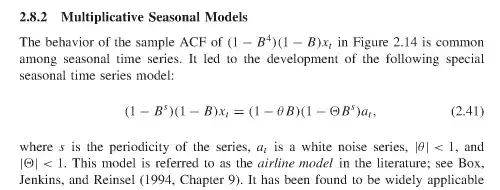I have data that (in theory) should be normally distributed. But there are additional sources of noise and I want to estimate the likelihood of the data using Student T distribution in order not to penalise outliers too strictly.
How can I do this? I thought that just $(X - \mu) / \sigma$ and likelihood calculation using standard T distribution (i.e. with dt() in r) can help, but it gives obviously wrong likelihood values.
It can be illustrated in r as:
vect <- rnorm(1000, sd=0.05)
likelik <- sum(log(dt(scale(vect, center=0, scale=0.05) , df=1000)))
likelik1 <- sum(log(dnorm(vect, mean=0, sd=0.05)))
Since the df parameter is really big, the T distribution should be close to normal. But, as you can see, the likelihoods are really different.
UPD: actually you can normalise likelihood by $1/\sigma$. So
likelik <- sum(log(dt(scale(vect, center=0, scale=0.05) * 1 / 0.05 , df=1000))) seems to be a solution. It can be proven strictly using the integration, I think. Sorry for bothering. If you have something to add or correct, please, write it and I accept the answer.
UPD1: Do not use Student's penalization for dealing outliers in Mixture of Normals. Just use Trimmed BIC instead
